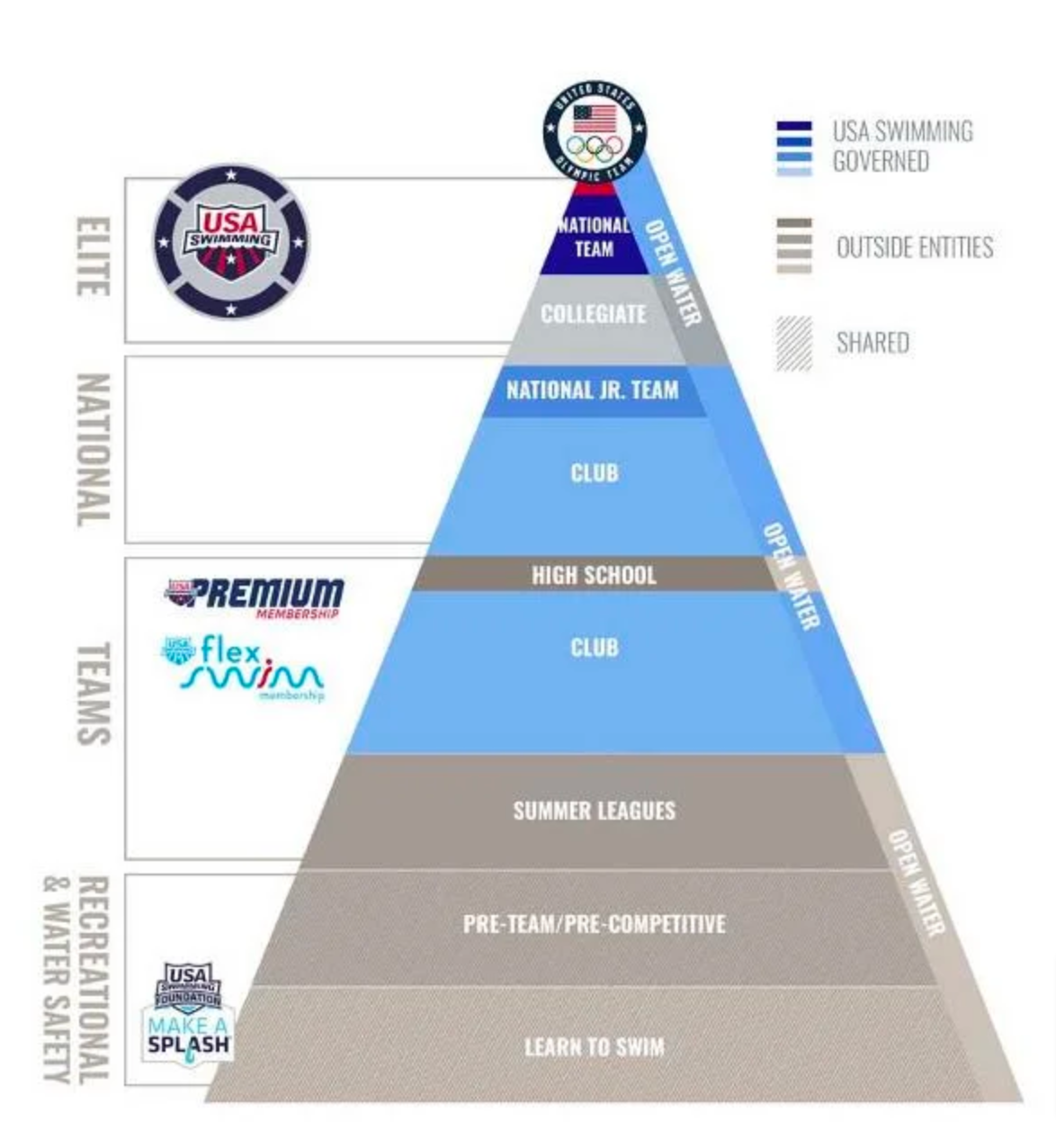Understanding Altitude Adjustments in Swim Times
-
When swimmers compete at higher altitudes, the reduced oxygen levels can affect their performance, often resulting in slower times compared to those swum at sea level. To account for this, many organizations apply an altitude adjustment to the times, which compensates for the physiological effects of swimming at elevation.
For example, Swimcloud uses altitude settings from Hy-Tek meet result files to display both the swimmer's actual time and an altitude-adjusted time, marked with an "A" tag. This adjusted time provides a fairer comparison with performances at lower elevations.
Different organizations use slightly different conversion factors for these adjustments. For instance, the NCAA applies a 20-second adjustment to the 1,500-meter freestyle for meets held at altitudes between 4,251 and 6,500 feet. These adjustments ensure that athletes competing at higher altitudes are not at a disadvantage when their times are compared to those of swimmers who competed at sea level.
What's the Official Time?
It's important to note that the official time is always the actual time swum at the meet, not the altitude-adjusted time. The adjusted time is simply for comparison purposes and does not count for qualification or records.
Does Swim Standards show altitude-adjusted times?
No, Swim Standards does not display altitude-adjusted times. We focus on showing actual meet times as recorded. Please note that we are not an official rankings platform.
If you have any questions or thoughts on this, feel free to join the conversation below!

